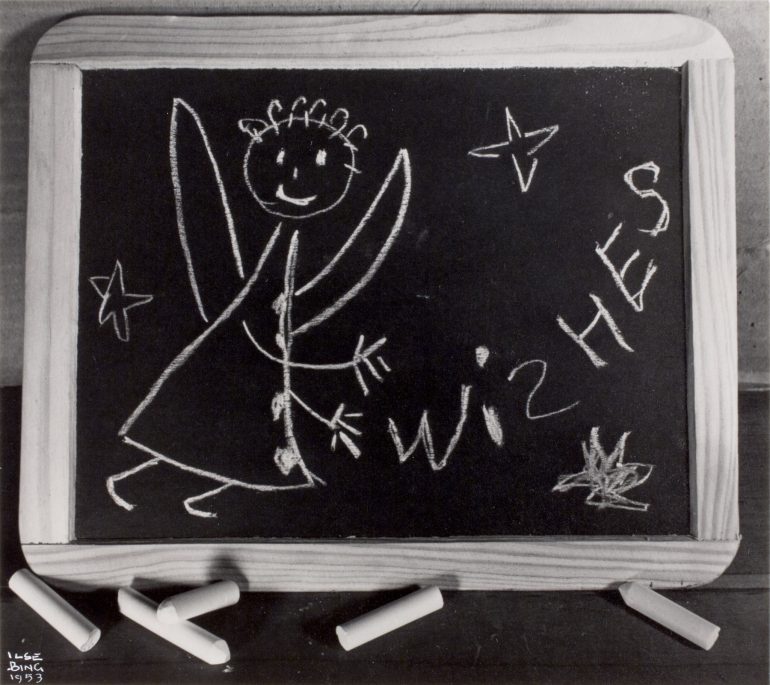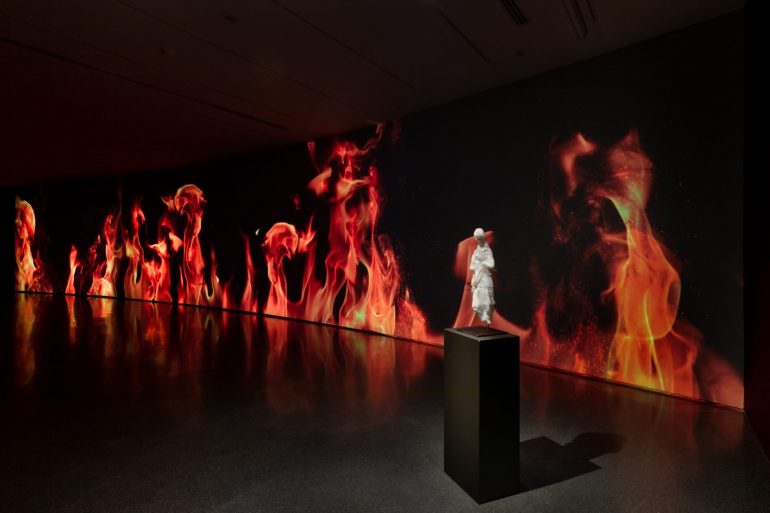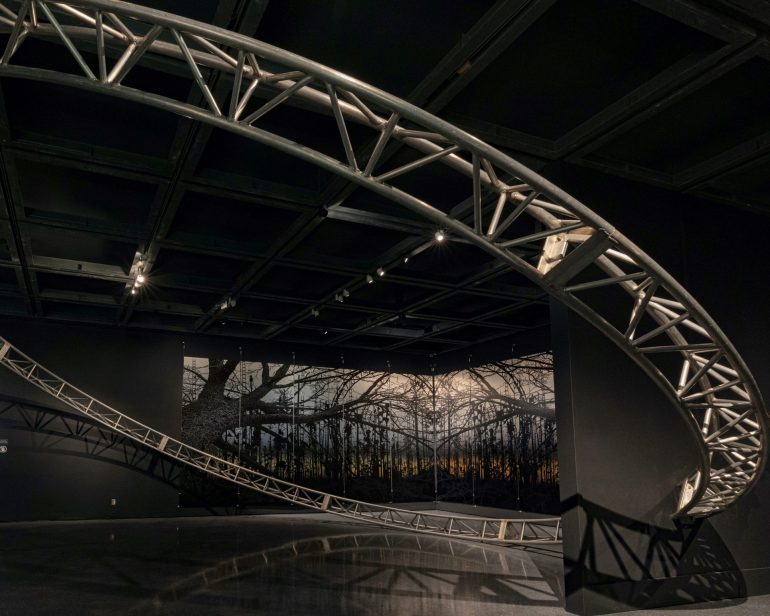Help Keep Us All Safe
NOMA’s primary concern is the health of our visitors, staff, and community. Effective today, January 1, visitors to the museum age 12+ are required to show proof of two doses of a Covid-19 vaccine (or one dose of the Johnson & Johnson vaccine), or negative results of a Covid-19 test taken within 72 hours of your visit. Visitors ages 5–11 are required to show proof of one dose of a Covid-19 vaccine or negative results of a Covid-19 test taken within 72 hours of your visit. Read More




